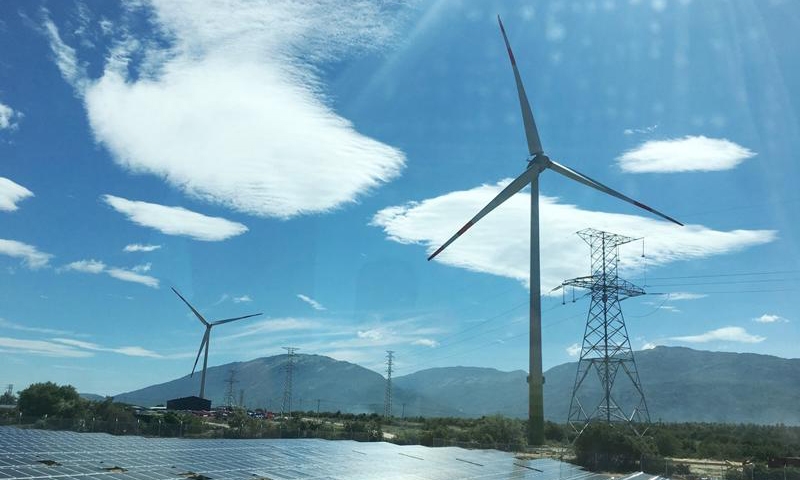Ninh Thuan: Ready to have first NetZero industrial park in Vietnam
16:42, 23/07/2024
Along with central and local policies, many FDI corporations and enterprises have been cooperating to help Ninh Thuan have the first NetZero industrial park in Vietnam.
Technology is breakthrough
Mr. Pham Van Hau, Permanent Deputy Secretary of the Ninh Thuan Provincial Party Committee, said that according to the plan until 2030, onshore wind power in Ninh Thuan has the potential to grow to more than 1,429MW, and near-shore wind power potential of about 4,380MW, offshore wind power development potential of 21,000MW; solar power development potential of about 8,448MW; LNG gas power development potential of 6,000MW, and will be developed up to 1,500MW by 2030. At the same time, the Resolution of the 14th Ninh Thuan Provincial Party Congress for the term 2020 - 2025 sets the goal that by 2025, Ninh Thuan will be one of the renewable energy and clean energy centers of the country.

Ninh Thuan is one of provinces with many potentials and advantages in energy and renewable energy development.
According to the Vietnam Institute of Strategy and Policy for Industry and Trade, Ministry of Industry and Trade, Ninh Thuan has great potential for renewable energy with a maximum capacity of about 13,000MW of wind power and more than 8,000MW of solar power. The whole province has 14 potential wind zones with stable wind blowing amounts all year round, the average wind speed at a height of 6.5 m reaches 9.6 m/s. Regarding solar energy, the average number of sunshine hours a year ranges from 2,600 - 2,800 hours. The total average solar radiation output is 5,221 kWh/m2/year, higher than the national average.
The national power development master plan for the 2021 - 2030 period, vision to 2050 (PDP 8), and Vietnam's hydrogen energy development strategy to 2030, vision to 2050 have identified hydrogen production development focuses on technologies that ensure zero or low carbon emissions.
Hydrogen produced from these technologies is considered clean hydrogen and identified as a breakthrough technology to achieve carbon neutrality goals by 2050.
Translator: Vân Ly
Share